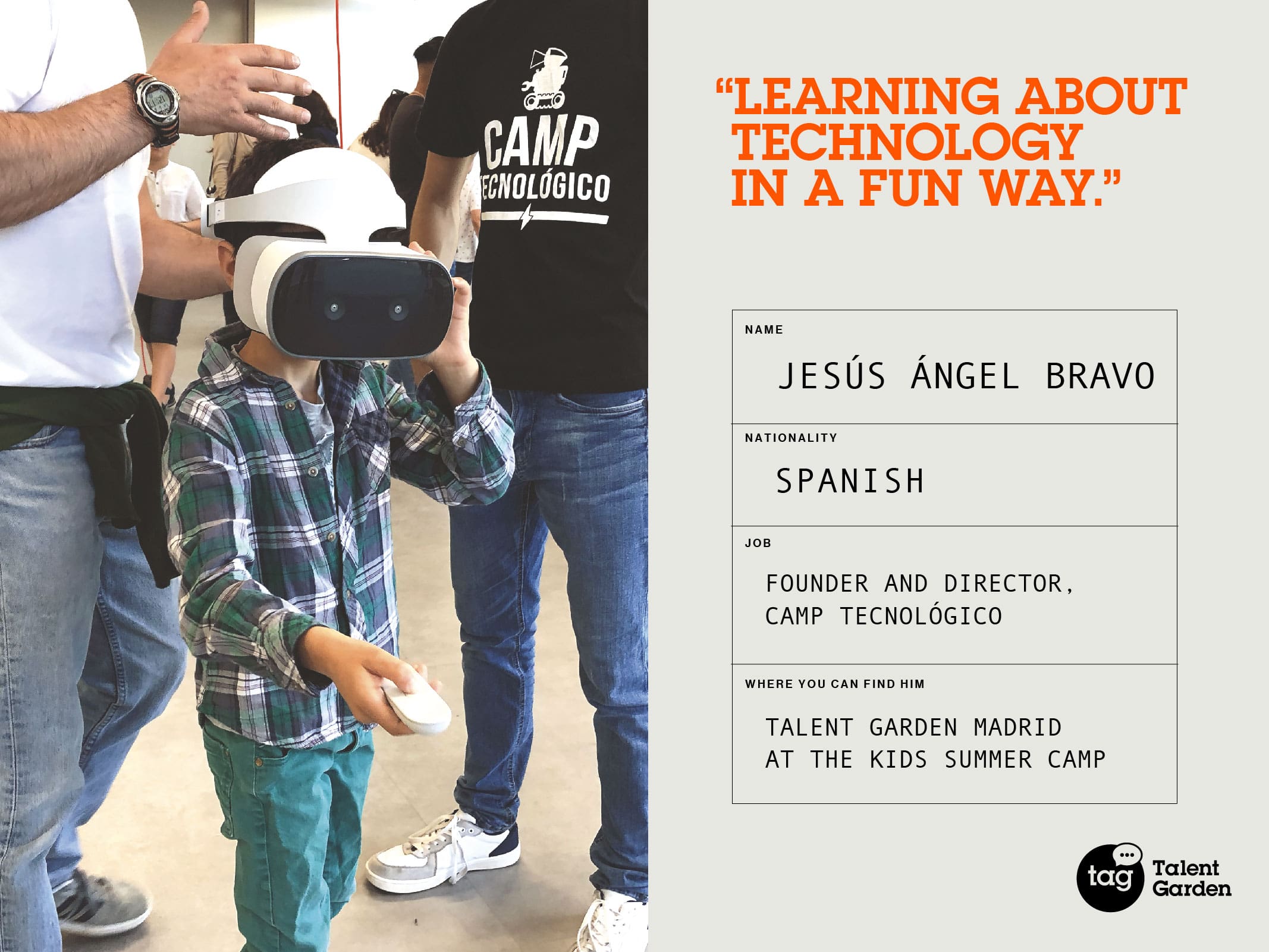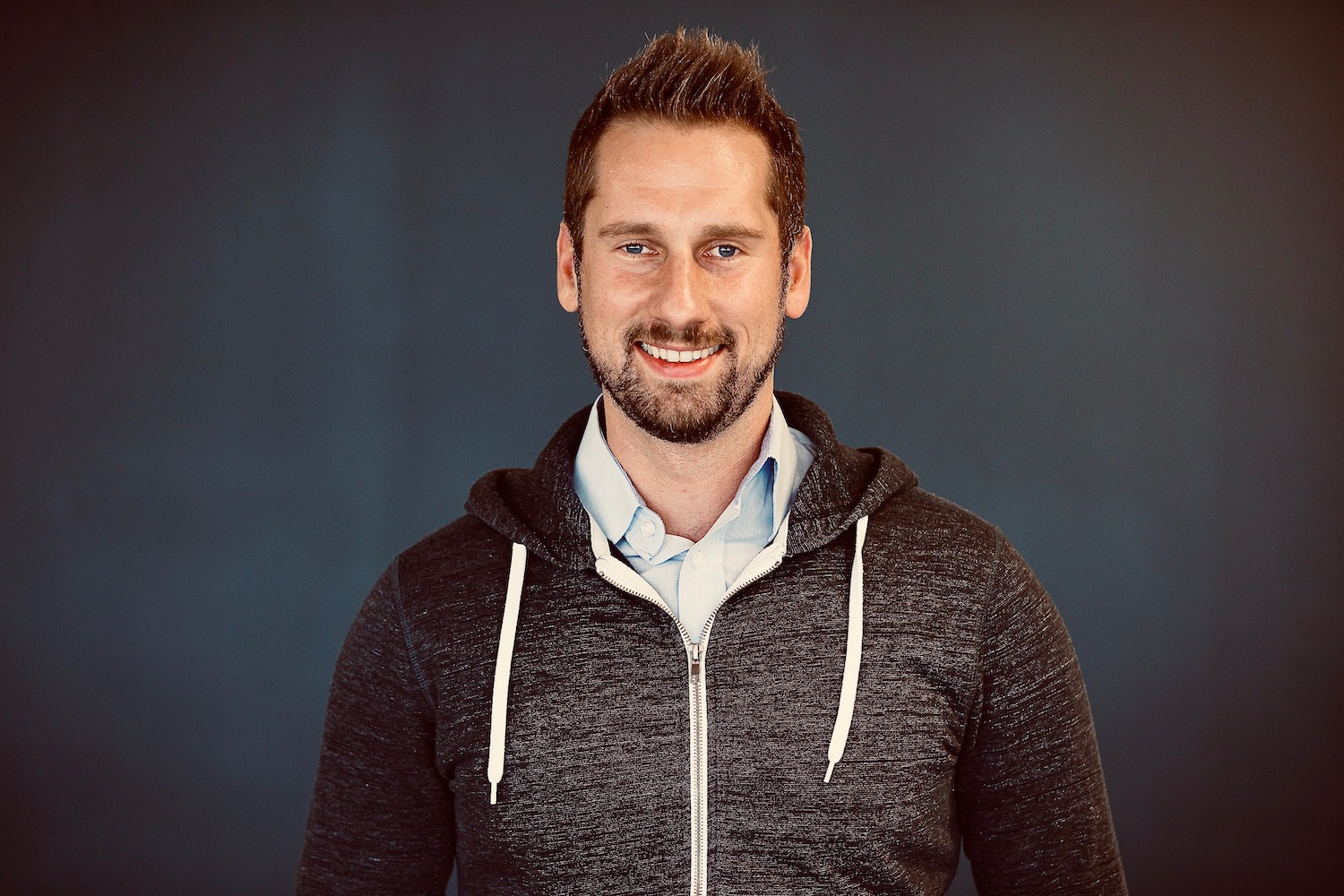- Home
- Business Innovation
- How Diversity Drives Innovation


Don't you want to read? Try listening to the article in audio mode 🎧
First things first, you shouldn’t have to argue why a Diversity, Equity and Inclusion (DE&I) strategy is beneficial for business. Ultimately, it is a moral question and should be a given, regardless of the implications on market growth and innovation.
However, as someone whose everyday mission here at Talent Garden is about helping companies innovate, and who is - on both a personal and professional level - strongly committed to DE&I in practice, it is rewarding to recognise the many links between the two agendas.
That DE&I is good for business has been established for a while now. Along with a plethora of research conducted by demographers, economists and research groups, The Wall Street Journal’s ranking of S&P 500 companies concluded that “Diverse and inclusive cultures are providing companies with a competitive edge over their peers.” In this article, I will focus on innovation as one of the factors increasing competitiveness.
By diversity in this context, I am referring to the inherent as well as the acquired kind. Inherent diversity involves/comprises inborn traits, such as gender, ethnicity, sexual orientation and neurology. Acquired diversity, on the other hand, are traits gained from experience, such as international working experience, industry background, formal (or non-formal) education, etc. A Harvard study referred to company leaders with three inherent and three acquired diversity traits as having two-dimensional (2-D) diversity. Their report stated that firms with 2-D diversity were 45% likelier to report a growth in market share over the previous year and 70% likelier to report that the firm captured a new market.
In this article, I will zoom in on three ways in which diversity drives innovation, starting with idea generation.
DE&I for Idea Generation
On the most fundamental level, innovation is about generating new ideas. Mere repetition or reproduction of current ideas and processes cannot drive growth as it will - per definition - preserve the status quo. By now, we also know that innovation very rarely takes place in the mind of an isolated genius (regardless of the traditional storytelling). Instead, innovative ideas are formed in groups - when humans discuss, build on each other’s ideas, challenge each other and converge. But what is the best constellation for such a group? At Talent Garden, we always innovate in groups. Innovation is not something you can teach, it is not something that you can create through a powerpoint and it is never a top-down process. Instead, we go through different versions of the Design Thinking process - always in cross-functional teams - and require from teams that they follow the subsequent three principles: 1) Question all assumptions, 2) Postpone judgment, 3) Say ‘Yes, and’ instead of ‘Yes, but’. It is the first principle - assuming - that in my experience constitutes the largest obstacle to innovation. We all know what assumption makes of U and ME, but - more importantly - it makes us repeat the same patterns over and over again. Although we might focus on new solutions, assumptions don’t allow us to question the real problem or the conditions for a solution. We simply assume that young people have short attention spans, that hotel rooms should be spacious, and that money is a key driver for most (if not all). No matter what brilliant idea we come up with, we will never achieve innovation if we don’t also challenge the definition of the problem as well as the different variables around it. So how can DE&I help us with this wicked problem? Let me give a personal example. As the mother of a neurodivergent child, I can guarantee that sticking to assumptions will never be a problem whenever my son is around. His brain is wired to question all assumptions, challenge the status quo and see the world in a different way than his neurotypical peers. His attention to detail, his hyper focus mind and his lack of desire to please the group, makes him an innovator in each and every game I see him play with friends (it took a while, but he has quite a few now!). Another benefit for the group, is that when ‘coaching’ my son in social skills or rules, my son’s classmates start questioning the assumptions behind these rules, that in many cases are needed, but in others are simply something that has been kept because of inertia. A homogeneous group will always question assumptions less than a diverse group. A study made by organizational researchers Katherine Philips, Gregory Northcraft and Margaret Neale found that diverse groups, when given the exact same pieces of information, tend to share all their information, while homogenous groups often don’t, simply because they assume that their peers already have the same perspective and information. The same effects can be seen with racial diversity and diversity of political beliefs.DE&I as Psychological Safety
Another major obstacle to innovation is fear. Innovation requires the space to question standard procedures, ask uncomfortable questions, sketch (rather than produce perfect business cases), prototype, and experiment - all activities that are only possible if you are not afraid to show up as your true self without risking punishment or humiliation. Unfortunately, this is not the case for a large proportion of today’s workforce. A study by Catalyst showed that 60% of Asian, Black, Latinx, and multiracial professionals in the US paid an ‘emotional tax’ at work because they felt that they have to be on guard to protect themselves against racial and gender bias. The study also found that 58% of women of color said they have trouble sleeping because of this, and 38% considered leaving their companies; Asian women (51%), Black women (58%), Latina women (56%) and multiracial women (52%) all shared the feeling that they need to outperform their colleagues. This kind of “guard” and lack of psychological safety, is not only what will push talented and ambitious individuals to leave a company, but it is also what will stop them from sharing unique perspectives and capabilities, as well as coming up with brave new ideas. In order to create an atmosphere of psychological safety, companies need an authentic DE&I strategy that is not mere “diversity washing”. Members of minority groups have to be represented and included in all branches and at all levels of leadership to create a safe space for everyone to show up as their authentic selves. Only then can we harness the power of diversity for innovation.DE&I in Customer Understanding
Unless your service or product targets a homogeneous group of people (it probably shouldn’t), the key to innovating and improving it is by empathising with your customers. What does their journey look like when interacting with your product? What are their pain points? Who influences their opinions? What do they think, read and feel? The most common problem in innovation is not that we come up with the wrong solution - it is that we solve the wrong problem. And this is because, most of the time, we haven’t taken the time to understand and empathise with our customers. Sometimes this is due to a lack of methodology, sometimes due to lack of time. But often it is because we simply do not have the tools to understand our customers, as we do not share life experiences with them. When we do Design Thinking workshops at Talent Garden, we make sure to put our participants into cross-functional teams. In the best of cases, it is people who act with customers from different angles (the sales rep, the marketer, the designer). Nonetheless, this does not solve the problem that only diversity can solve, which is increasing understanding by sharing life experiences. By including diversity in your team, you will increase the understanding of your customers and their pain points. You will be able to solve the real problems they are facing, and by consequence improve your product or service.Closing remarks
We have now looked at three examples of how diversity can drive innovation - examples that my colleagues and I experience in daily interactions with each other and our clients. It cannot be stressed enough, however, that in order to harness diversity as a force for innovation, the basics, such as a leadership team trained in DE&I practices, psychological safety and a true commitment to inclusion on all levels and functional groups is crucial. As the late Professor Katherine Phillips stated, only those companies that invest heavily in building their inclusion capacity will be able to embrace the benefits of diversity.
Article updated on: 09 August 2023

Don't Waste Your Talent. Turn It Into a Career With a Course That Fits Your Needs!
Talent Garden is your Digital Skills Academy, offering courses in Digital Marketing, UX Design, Digital HR and Data Analysis designed to launch your career.
Keep reading

2
min read
Learning about Technology in a fun way: Jesús Ángel Bravo, Director of Camp Tecnológico
My son was twelve-years-old when he first told me he wanted to learn to code, it was something very special for me to ...
Talent Garden
08/12/2019

3
min read
Coding for girls: inspiring women to learn coding
Women have traditionally been less represented in STEM and Tech disciplines. This happens for various reasons, the ...
Talent Garden
27/04/2021

7
min read
CONDA HELPS: Emergency action for Austrian startups and entrepreneurs
Daniel Horak is Co-Founder of CONDA, a crowdfunding platform founded in 2013. With his latest initiative CONDA HELPS he ...
Talent Garden
21/04/2020

3
min read
Talent Garden Isola: the first campus dedicated to foodtech and sustainability
On the 12th of September, we officially launched Talent Garden Isola the third campus in Milan and our first space that ...
Talent Garden
12/09/2019
